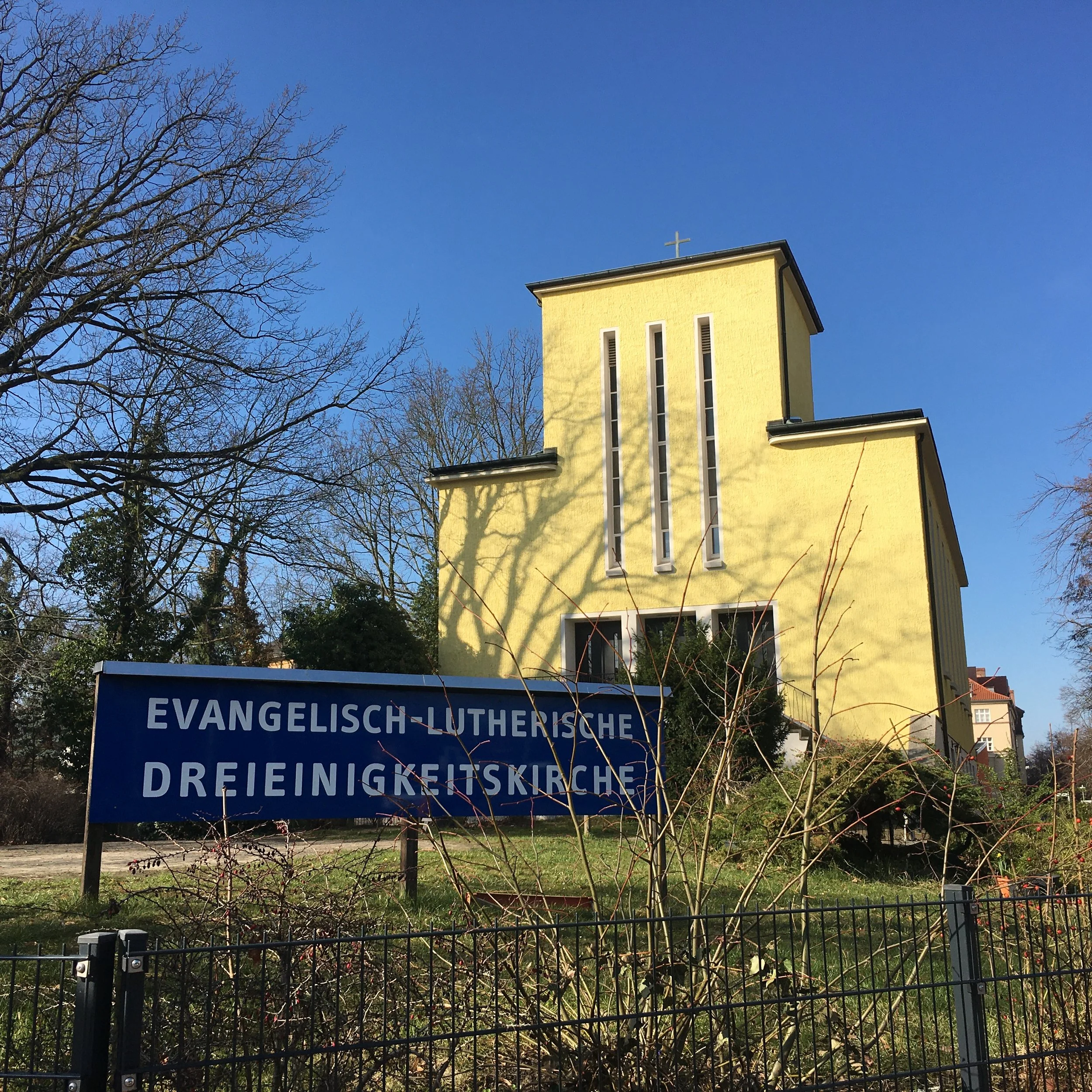It’s a decidedly blustery day on Karl Marx Street in Eisenach, in the eastern German state of Thuringia. Gold and rust-tinted leaves scatter the ground of a small park marking the site of the town’s former synagogue—burned down by a Nazi mob on Kristallnacht, the nationwide pogroms on November 9, 1938.
Tucked away in a quiet corner not far from Eisenach’s theater, the memorial is one of 32 sites across Thuringia—spots where synagogues were desecrated or destroyed that night in 1938. Of the many previously active synagogues, only a few remain today. Only one has been rebuilt for weekly services. The others are marked by memorial stones and stairways leading to nowhere—including empty lots or garden plots, apartment buildings, and even a grocery store. Where the small town of Vacha’s synagogue once stood, there is now a hobby shop.
These places dot the east German landscape, from Potsdam to Zwickau, Dresden to Magdeburg. Along with other memorials like Stolpersteine—stones with brass plates bearing the names of Holocaust (Shoah) victims, laid in the pavement in front of their former homes and businesses—they stand as stark reminders of the absent presence of the region’s once thriving Jewish population. They are places where the palpable influence of eastern Germany’s Jews remains potent, even where they are no longer present.
They also signal the Jewish community’s present absence. Since the Shoah, under sometimes radically conflicting conditions, a range of diverse Jews have returned, resettled, and restored a sense of Jewish life across the former East German Republic (GDR). But the community is less-than-half what it was in pre-war Germany.
In places like Berlin, Leipzig, and Erfurt, Jews’ stories over the last century speak to lives lived between far-right politics and those of the far-left, communism and capitalism, growth and decline, remembrance culture (Erinnerungskultur) and an ominously encroaching antisemitism. Looking at East Germany–past and present–through Jewish eyes reveals today’s controversies are nothing new.
The challenges Jews in Germany faced following the Holocaust, including perils to their very existence, have shaped Jewish lives in the east for decades. The story of how under such conditions they still preserved their heritage is decades long. Now, facing declining demographics, a resurgent antisemitism, and fearing a far-right political turn, eastern Germany’s Jewish communities are once again under threat. And, once more, they are not only preserving their heritage, but claiming their place in German society.

